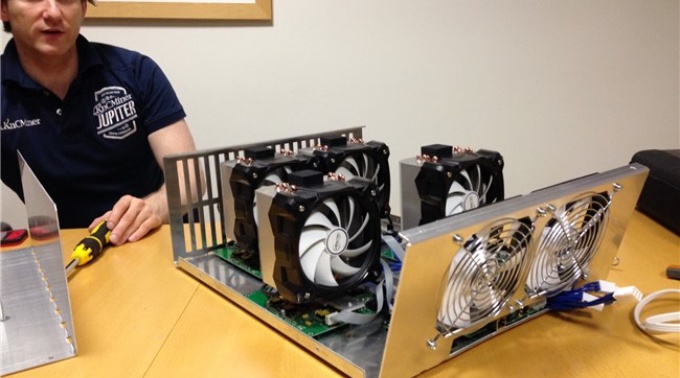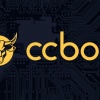
Comparison of outdated and new miner capabilities, benefits of submersion cooling, mining on CPU and GPU are discussed in the article.
The digital currency market is gradually coming to life. The leading token Bitcoin has increased in price by 20% and this does not seem to be the limit. At the same time, machinery from retailers is sold with a price reduction and this is an ideal time to start mining. There is some good news for those who are now using ASICs with video cards— their equipment can be given a "second life" via extending life in a dust-free setting and overclocking.
What miner model is appropriate for mining?
The mysterious BTC Inventor Satoshi Nakamoto mined the initial BTC block (Genesis Block) on a PC. At that time, a CPU and a graphics card were sufficient for the operation. Has something changed since then?
- CPU. It is still considered the most multipurpose device for cryptocurrency extraction. This can be done thanks to the complete flexibility and of processors to any algorithms of cryptocurrency mining. Mining productivity differs based on the network complexity and extraction in 2019 on the processor can only be relatively new and "young" tokens. Mostly these are altcoins on Equihash, Cryptonight, X11, and Scrypt algorithms. The higher the timer speed and the number of the cores is - the better. Maximum results to show AMD is Intel Core i5-7600K, Cryptonight Ryzen Threadripper 1950X, Ryzen 1800X AMD 7, AMD Threadripper 1920X Ryzen.
- ASIC. These are miners programmed to implement a precise task for a definite algorithm. Their benefit is that all equipment's computing power is intended to perform a single task. ASIC can be programmed for virtually any extraction algorithm (certain blockchains are protected from penetration of ASICs). Nevertheless, they are generally used for SHA-256 (Bitcoin), Blake2B, X11 and Equihash. In 2019 “eternal” Antminer S9 in all models, Bitmain Antminer S15 E11 Ebit Miner++, and Canaan Avalon Miner 741 demonstrates good indicators of performance.
- GPU. The graphics cards period for token extraction is almost gone, although GPUs are still better adapted for certain algorithms, CPU and ASIC, too. Video adapters are better at handling big amounts of data, producing the same kind of operation. First graphics cards are perfect for mining on CryptoNight, Equihash, and Ethash algorithms. The best ones for 2019 are AMD Radeon RX 570, AMD Radeon RX 580Aorus GeForce Ti RTX 2080 Xtreme 11G, ASUS GeForce RTX 2080 O8G.
- FPGA. This is an old, but renewed miner that was widespread in a very limited time between ASIC and GPU. This is a programmable gate matrix and both the company and the user can program it. It contains semiconductors. 95% of all FPGAs are manufactured in the US. These miners consume less electricity than video cards, yet they are 15-30 times more effective. Matrix firmware is the base for FPGA is Bitstream's. For FPGA such a program must be created from scratch. You can buy the "firmware" for Tribus, Lyra2z, and 0XToken Nexus. Soon X16R, X17, and other algorithms will be ready for bitstream.
Comparison of innovative and outdated equipment
Companies regularly release novel miner models to the market. However, new equipment is not always competitive compared to outdated equipment. Users have to choose constantly— to invest in a new device or to discover an advantage in old equipment. One way to give old miners a second life and get the highest return is immersion cooling. According to the assurances of some companies, it is an efficient alternative to the air.
In this technique, the mining tools are completely immersed in a dielectric fluid-coolant. The heat is steadily taken out from all components and either dissipated outside the room by means of a cooling tower or sent to water heating and comparable needs.
Benefits of immersion cooling:
- rises device Hashrate to 40%;
- decreases the payback period of the miner by 2-5 times;
- extends the life of devices up to 200%;
- decreases energy consumption by 30%;
- 100% removes dust and noise;
- replacement costs of standard cooling systems;
- offers reuse of heat generated machinery in the business and everyday life in the range from 0 to 100%.
Both old and new machinery can be placed in the immersion liquid (after cleaning). Consider the feasibility of practicing immersion cooling based on the company’s installation, which has practical experience in cooling different forms of miners.
What can be run on CPU
Actually, mining cryptocurrencies on the central processing unit has ceased to be up-to-date in 2010-2011. Yet, as a background on a rarely used laptop or a stationary computer, you can start extracting Monero (XMR). Crypto hackers prefer it because Monero’s software may be installed on the user’s device unnoticed and let some of the assets into mining often practice this.
Monero remains the only relatively money-making altcoin that can be mined on a simple computer. The network blockchain is resistant to ASIC, and the rate is approximately 60-65 USD per coin. However, it must be considered that mining of cryptocurrency on the processor heats the device very much. Among the interesting tokens, we also note the AEON algorithm CryptoNight-light (with a rate of 1 AEON = 0.35-0.40 USD).
To cool the CPU it is advisable to use immersion systems only in the situation of server equipment as no one is currently collecting farms from processors for mining.




